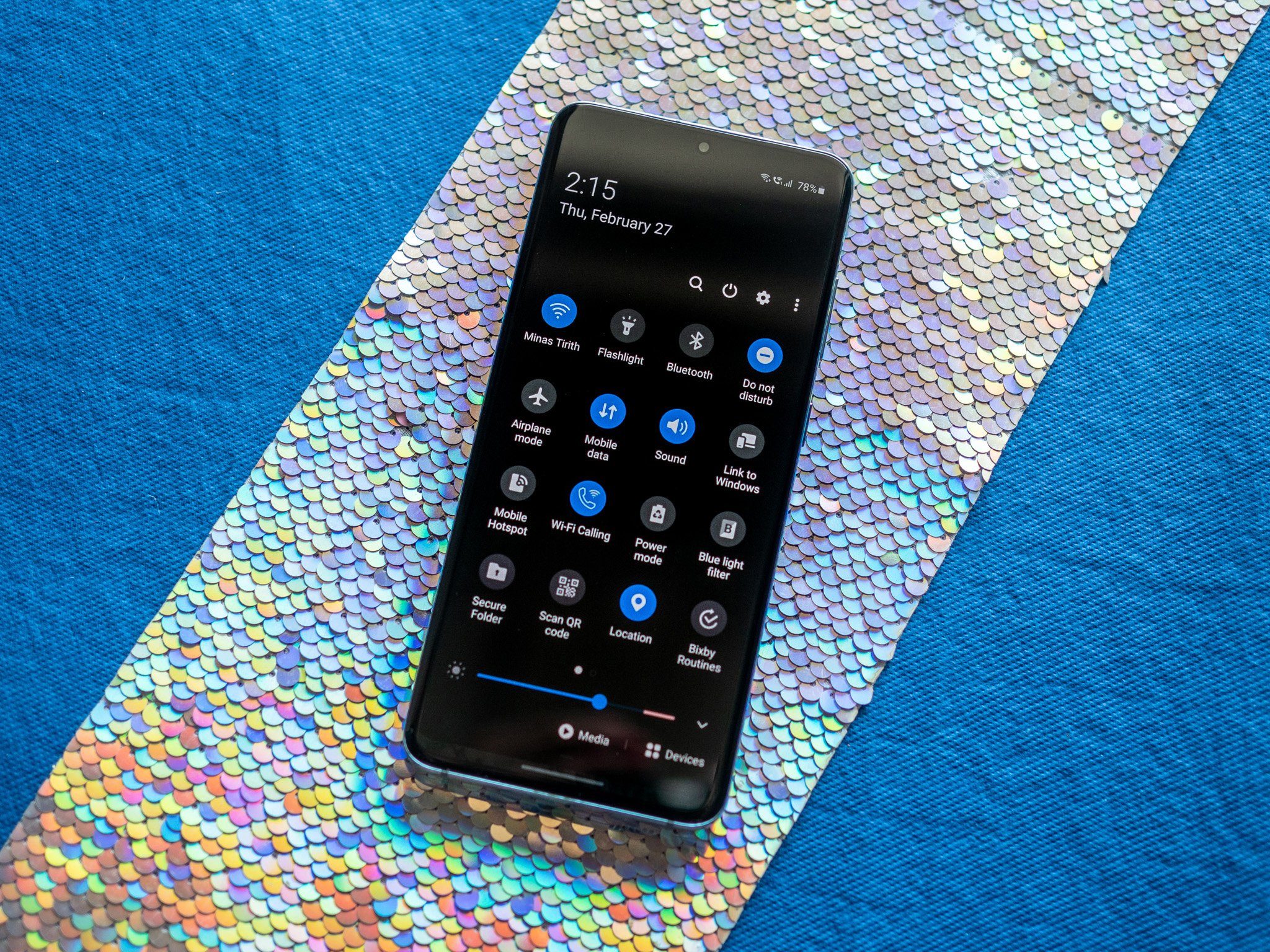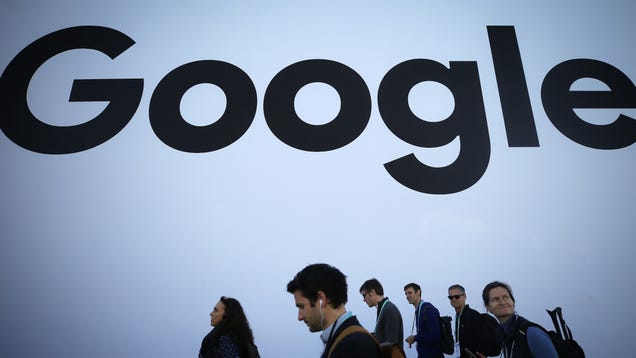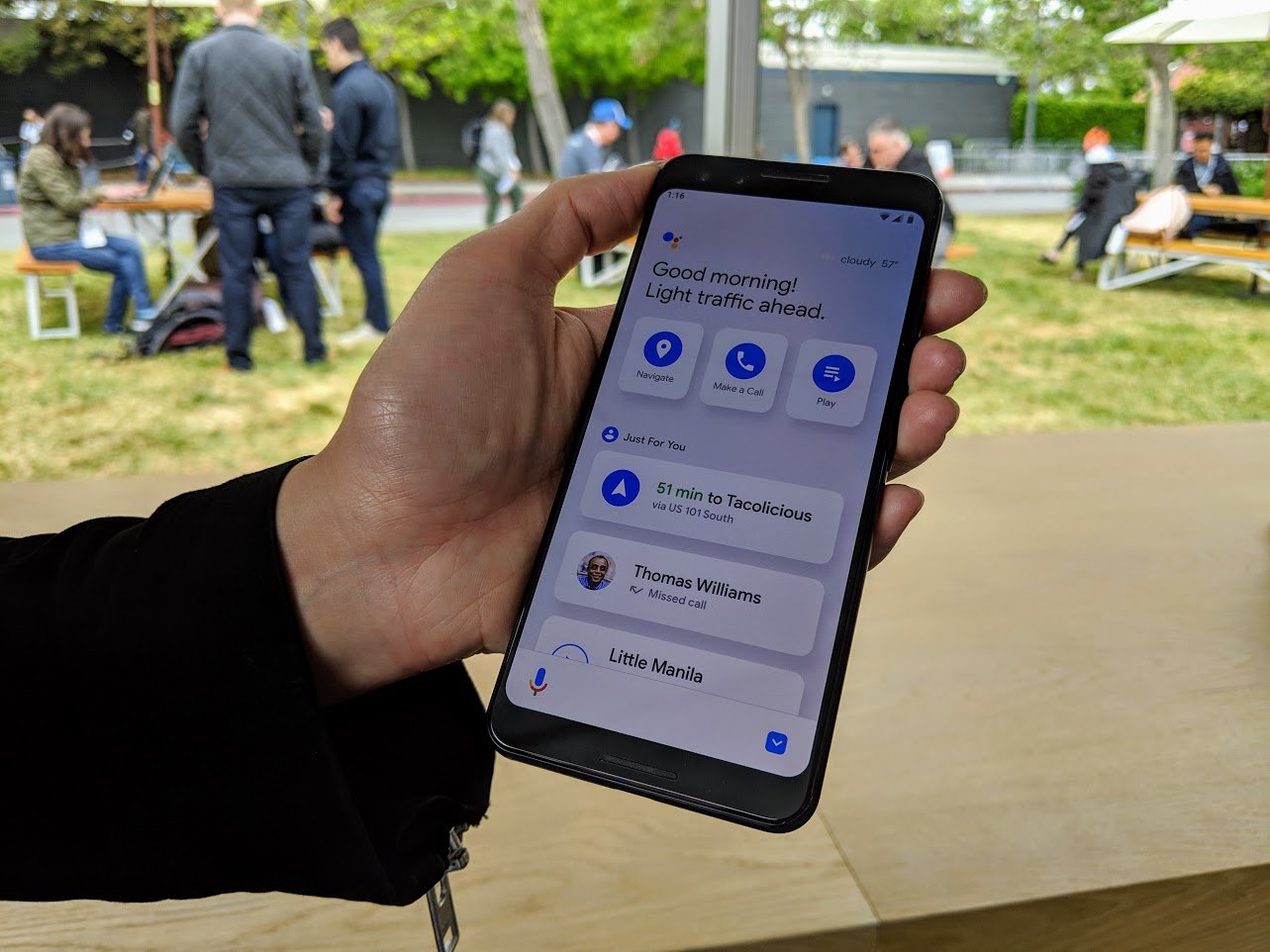Samsung Galaxy S21 Ultra review - Fixed focus - Android
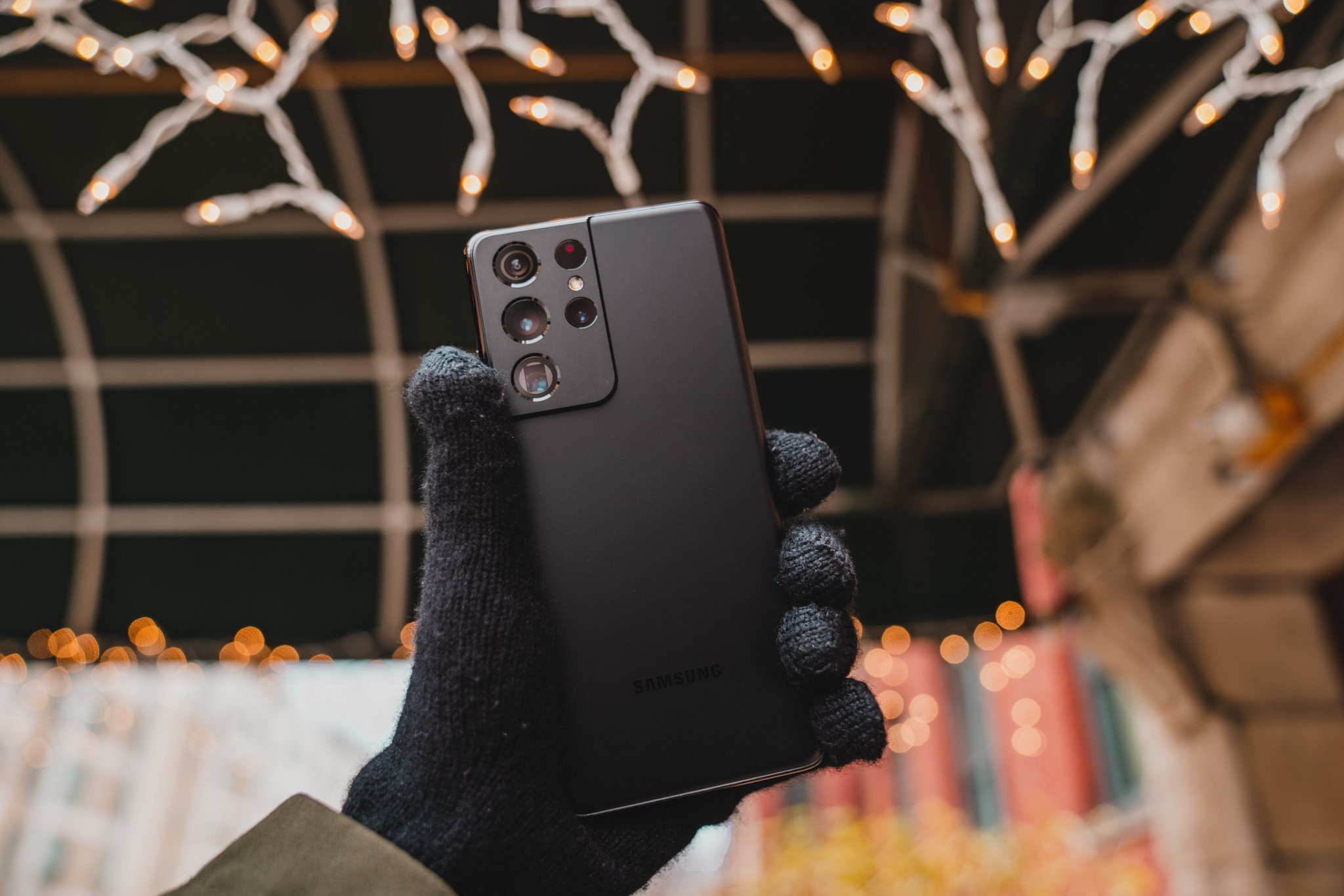
Massive year-over-year improvements and a noteworthy new addition.
Update, April 2021: Samsung Galaxy S21 Ultra review, three months later
The Galaxy S series has been a staple of the Android ecosystem for over a decade now, but the Ultra line has only been around for a year. The Galaxy S20 Ultra was poised as the best Samsung phone money could buy, with a gargantuan screen and the company's most versatile camera system ever — all at a record-high price of $1,400.
This year's sequel brings the price back down to Earth while improving Samsung's Space Zoom technology and serves as a launching point for Qualcomm's new Snapdragon 888 platform in the U.S. It's a phone for enthusiasts and power users alike, correcting some of the shortcomings of its predecessor and bringing a lot of great new features to the mix — including one that may signal the end of another premium division of Samsung's lineup.
Samsung Galaxy S21 Ultra review
- Price and availabiility
- Hardware and design
- Display and S Pen support
- Software and performance
- Battery life
- Cameras
- Competition
- Should you buy it?
- Changelog, April 2021
- 3-month later review
The other S21s
- Galaxy S21 review
Samsung Galaxy S21 Ultra
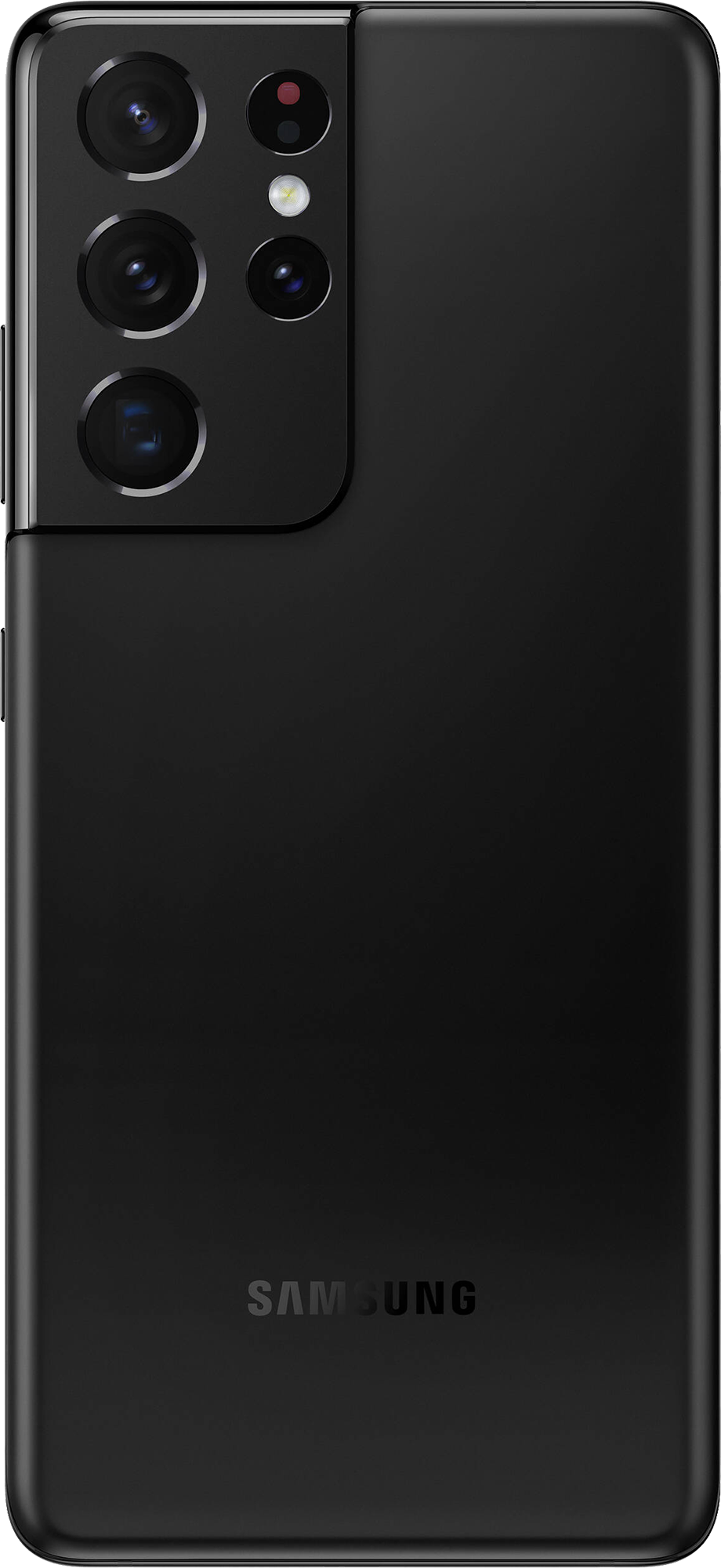
Bottom line: The Galaxy S21 Ultra offers the ultimate luxury experience, with four incredible cameras and an industry-leading display. If you can handle its massive size and high price, you'll be rewarded with one of the most powerful phones money can buy.
The Good
- Four compelling new cameras
- Industry-leading Quad HD+ display supports 120Hz
- Fingerprint sensor has been significantly improved
- Powerful specs and 5G connectivity
- S Pen support for the first time in a Galaxy S model
The Bad
- No expandable storage
- No headphones or charger in the box
- Battery life takes a considerable hit with Quad HD+ and 120Hz enabled
- Too large and heavy for some
$1,200 at Amazon $1,200 at Best Buy $1,000 at B&H
Trade-ins win big
Samsung Galaxy S21 Ultra Price and availability
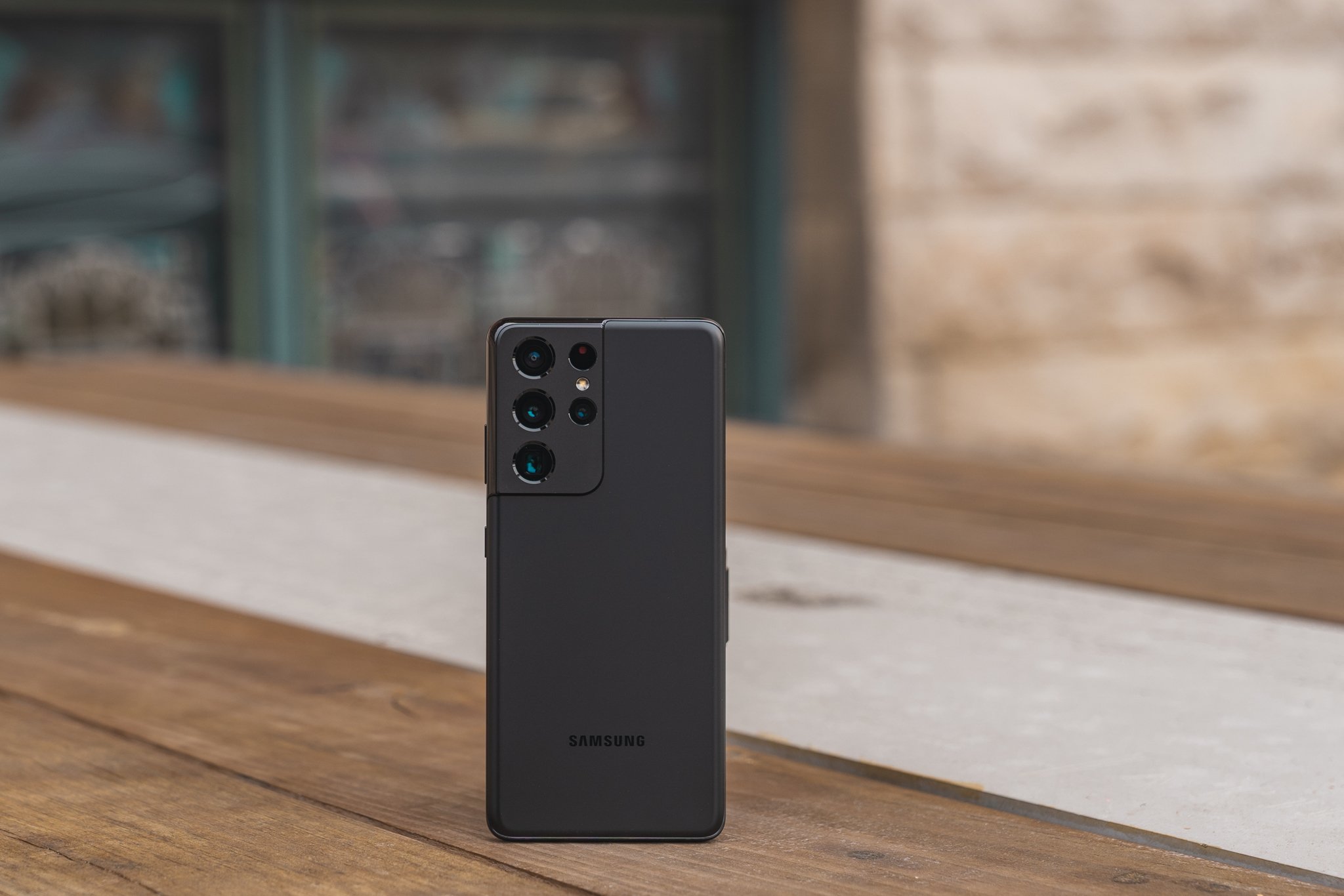
The Galaxy S21 Ultra officially launched on January 29, 2021, serving as the largest and most technically capable model in the S21 series. It's priced accordingly, starting at $1,199.99 for the baseline variant with 128GB of UFS 3.1 storage and 12GB of LPDDR5 RAM. Because the Galaxy S21 Ultra lacks microSD expandability, you may want to consider upgrading the internal storage to either 256 or 512GB, which will increase the cost by $50 or $180, respectively. In the case of the 512GB model, you'll also receive an upgrade to 16GB of RAM.
Samsung is offering several incentives for S21 Ultra orders, including up to $700 of trade-in value for your current phone and, as of April 14, 2021, four months of YouTube Premium (worth $47.96, for new accounts only) and six months of SiriusXM streaming. There are also numerous other deals from carriers and retailers, including Amazon and Best Buy.
The Galaxy S21 Ultra is available in Phantom Black in all storage configurations and Phantom Silver for the 128GB model. Additionally, Samsung offers special made-to-order finishes for all three storage options exclusively from its site, including Phantom Titanium, Phantom Navy, and Phantom Brown — all three of which feature a carbon fiber pattern on the Contour Cut Camera housing. As of April 14, the Galaxy S21 Ultra is available for $200 off at most retailers, starting at just $1,000.
Minor improvements across the board
Samsung Galaxy S21 Ultra Hardware and design
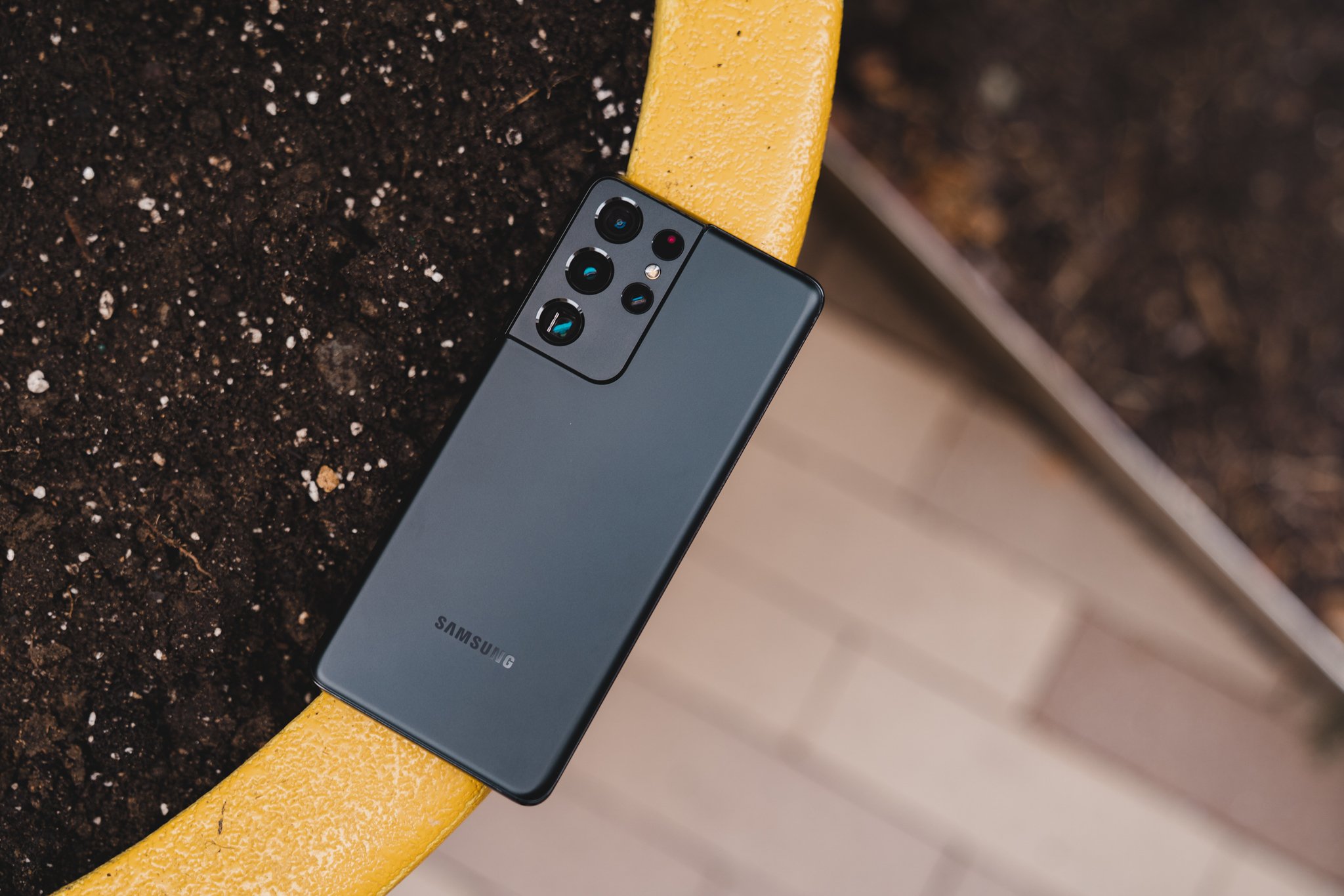
Like last year's Galaxy S20 Ultra, the S21 Ultra is absolutely gargantuan. Despite actually being a few millimeters shorter than its predecessor, it's somehow even heavier than both the S20 Ultra and the Note 20 Ultra, making this one of the most unwieldy phones I've used in recent memory. If you tend to rest your phone on your pinky, you'll quickly become acquainted with the S21 Ultra's mass.
That hardly seems to be a problem for most, however. Smartphone sales have increasingly skewed towards larger devices in recent years, and the S21 Ultra's formidable size leaves plenty of room both inside and out for remarkably powerful features.
| Category | Galaxy S21 Ultra |
|---|---|
| Operating System | Android 11 + One UI 3.1 |
| Display | 6.8 inches, 3200x1440 (515 ppi) resolution, Dynamic AMOLED 2X |
| Processor | Qualcomm Snapdragon 888 |
| Memory | 128/256/512GB, 12/16GB RAM |
| Rear Camera | 108MP, ƒ/1.8, 0.8μm (wide) 12MP, ƒ/2.2, 1.4μm (ultra-wide) 10MP, ƒ/2.4, 1.22μm (3x telephoto) 10MP, ƒ/4.9, 1.22μm (10x telephoto) |
| Front Camera | 40MP, ƒ/2.2, 0.7μm (wide) |
| Battery | 5000mAh, 25W USB PD 3.0 (PPS), 15W Fast Wireless Charging 2.0 |
| Water Resistance | IP68 |
| Dimensions | 165.1 x 75.6 x 8.9mm, 229g |
| Colors | Phantom Black, Phantom Silver |
The S21 Ultra is a fairly significant departure from the dull, generic design of the Galaxy S20 Ultra. Samsung ditched the glossy coating of last year's model, instead opting for the same type of matte frosted glass we saw on the Note 20 Ultra last fall. It feels terrific by comparison and does a much better job at concealing fingerprints. The Phantom Black color of my review unit looks stunning, though the iridescent pattern on the Phantom Silver model is a great eye-catching alternative.
Aside from the matte finish, the most visually distinguishing new trait of the Galaxy S21 Ultra is its new Contour Cut Camera housing, which engulfs nearly half the phone's width in the upper left corner. It's occupied by four new and improved cameras, along with a large LED flash and the same laser autofocus sensor that was first implemented on the Galaxy Note 20 Ultra to combat the focusing issues that plagued the S20 Ultra's primary sensor.
The Contour Cut Camera system blends seamlessly into the metal frame along the sides of the phone, at which point the S21 Ultra itself starts to blend in with every other premium Samsung device. The rear glass panel tapers off near the edges to fit more comfortably in your hand, as does the display on the front. For the first time since the Galaxy S7, Samsung has returned to using flat displays on the Galaxy S21 and S21+, meaning that going Ultra is the only way to get a curved display this time around, for better or worse.
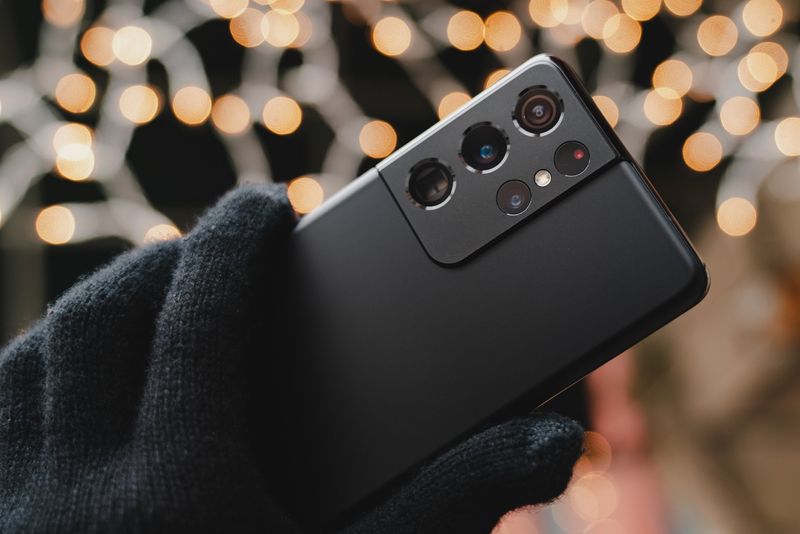
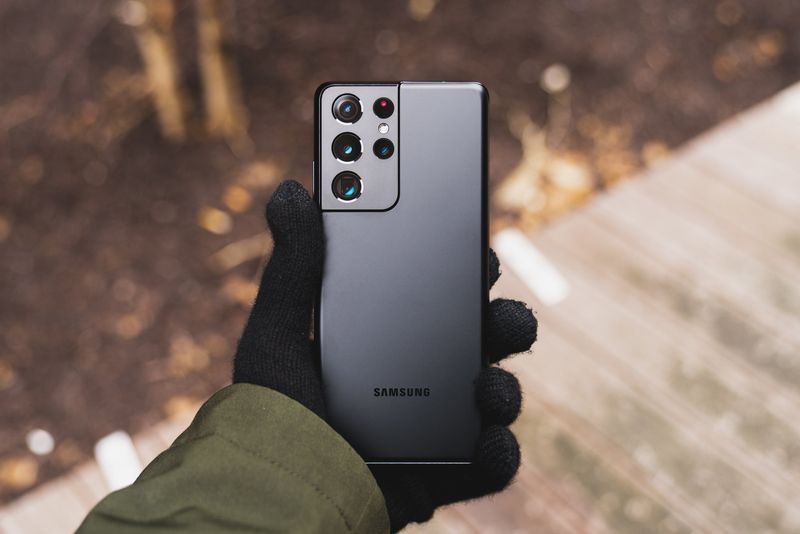
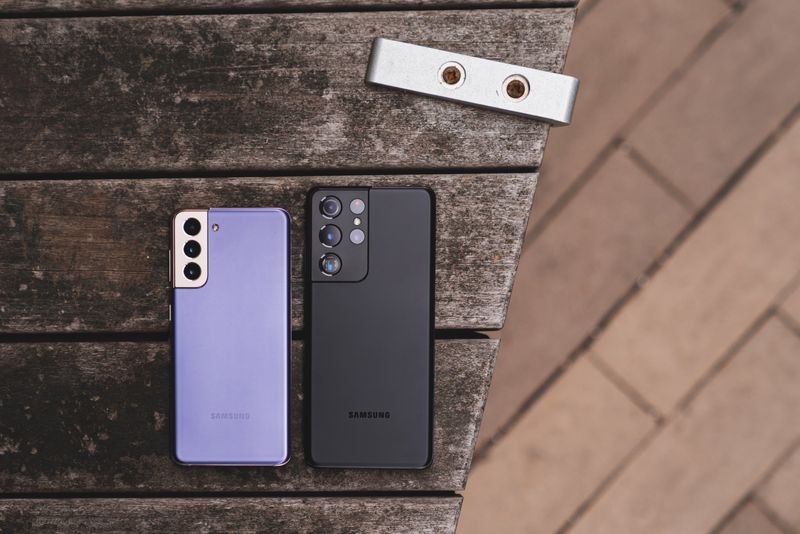
All of this contributes to the Galaxy S21 Ultra feeling extremely high-end, despite launching for $200 less MSRP than its predecessor — though not everyone will be thrilled about the concessions Samsung has made. Following in the footsteps of the S20 Ultra, which unceremoniously did away with the 3.5mm headphone jack, the S21 Ultra finally eliminates microSD expandability. That means you're stuck with the storage configuration you buy, so choose wisely and make use of cloud storage solutions when possible.
Also gone is Magnetic Secure Transmission, or MST, which enabled Samsung Pay on previous Galaxy devices to work on older point of sale terminals that don't support NFC by emulating the strip on the back of credit and debit cards. Samsung says this decision resulted from a steep decline in MST payments in recent years as more and more terminals support NFC payments for services like Apple Pay, Google Pay, and yes, even Samsung Pay.
There are two more missing features you'll notice before you even turn the phone on; the Galaxy S21 series marks Samsung's first set of devices to ship without headphones or a charging brick in the box. As a result, the packaging is much smaller than you might expect, which reduces shipping costs and more than likely contributes to the $200 price reduction year over year. Just be warned, you're on the hook for anything other than the included USB C-to-C cable.
Drawing a conclusion to the Note
Samsung Galaxy S21 Ultra Display and S Pen support
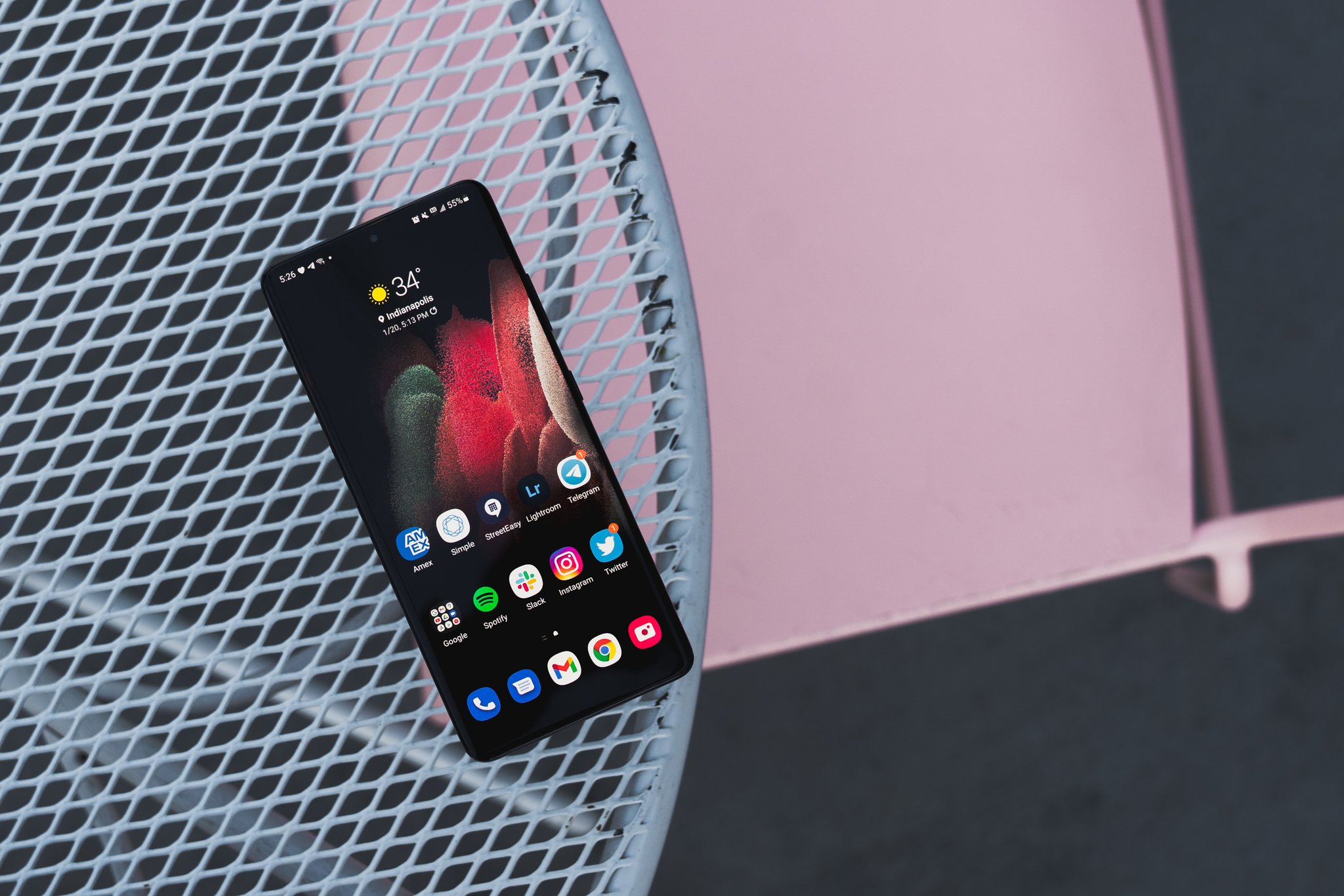
This is Samsung's first phone to support both a 120Hz variable refresh rate and Quad HD+ resolution simultaneously; on older models like the S20 Ultra, you were forced to choose between resolution and refresh rate. This means display aficionados can finally have their cake and eat it, too — and as luck would have it, it's a pretty delicious cake.
With the curved display on the Galaxy S21 Ultra, Samsung touts a 5,000,000:1 contrast ratio, offering a more than doubly wide dynamic range compared to the S20 Ultra. This means you'll enjoy far more granular separation between the darkest and brightest points of the screen, and overall brightness has also been improved to reach peak levels of 1500 nits, making the display easily visible in even challenging outdoor conditions.
High resolution and high refresh rate, together at last.
The Galaxy S21 Ultra's display can dip down to as low as 10Hz when a higher refresh rate isn't necessary — say, when displaying a still image — to preserve battery life while creating just enough subtle movement to prevent screen burn-in. Samsung has also added an Eye Comfort Shield to the entire S21 lineup, which automatically adjusts blue light output throughout the day to reduce eye strain.
I'm also delighted that Samsung has finally improved the ultrasonic fingerprint sensor beneath the display after years of reusing the same slow, unreliable sensor first featured on the Galaxy S10. This time around, the fingerprint sensor is 1.77x larger, making it much faster and easier to use. A quick tap of the thumb is all it takes to unlock the S21 Ultra; this is a major step forward and possibly my favorite new quality of life improvement.
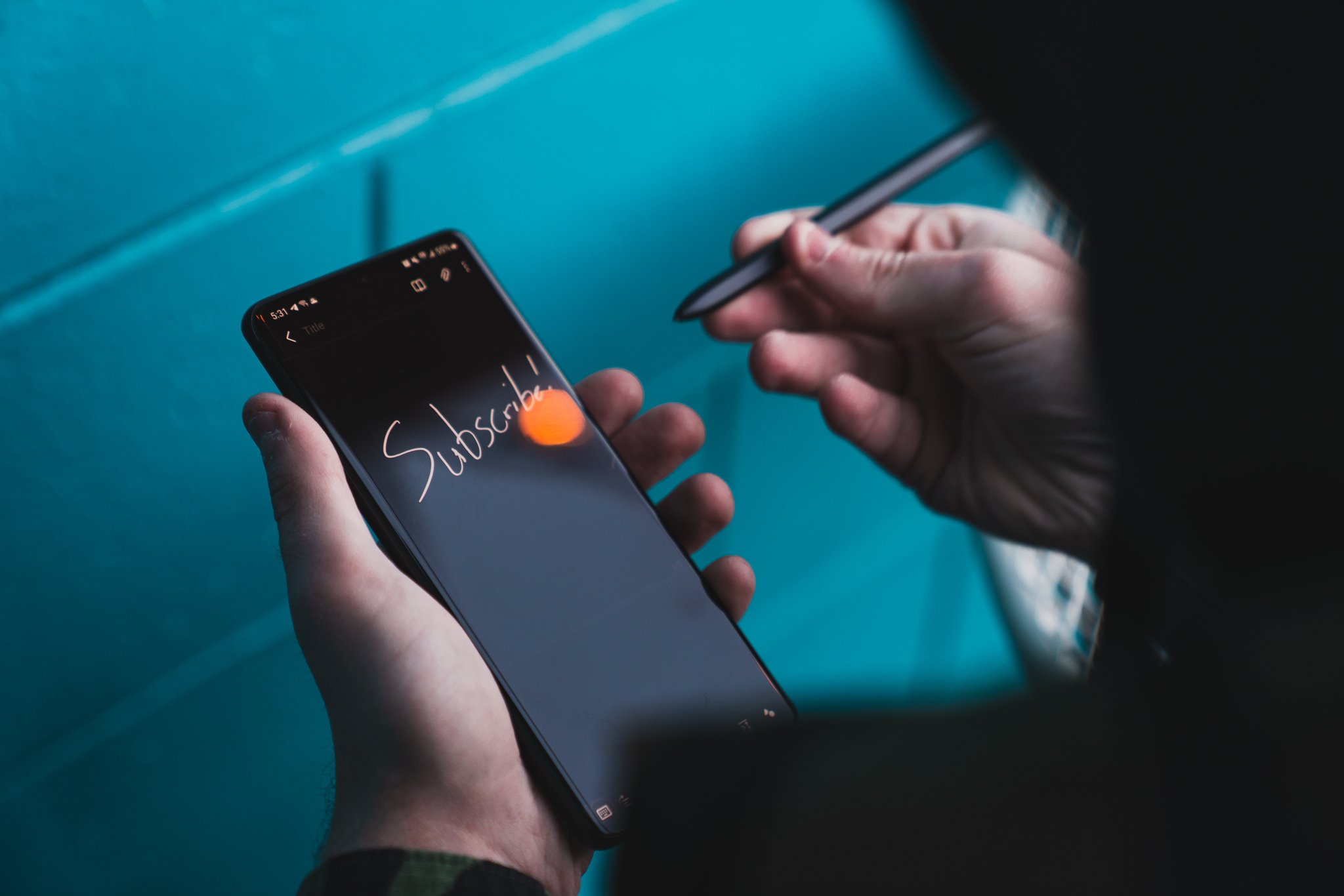
On its own, the Galaxy S21 Ultra's display already bests its predecessor and sets a new standard for the rest of the industry to aspire to, but there's one more noteworthy change that really sets this model apart. For the first time on a Galaxy S device, Samsung has embedded an active digitizer into the S21 Ultra's display to enable S Pen support.
This is a huge deal — not just because it almost completely obfuscates the distinction between the Galaxy S and Galaxy Note lineups, but because it marks the beginning of the S Pen spilling into every branch of Samsung's luxury portfolio. We're expecting to see the S Pen make its way to the company's 2021 foldable lineup, including the follow-up to last year's Galaxy Z Fold 2, and this gives us a great preview of how it'll be implemented, both good and bad.
I'll start with the good. The S Pen works exactly as you'd expect on the S21 Ultra ... for the most part. Hovering the S Pen over the display instantly summons a floating on-screen cursor for precision input, and just like the Note 20 Ultra, the S21 Ultra supports 4,096 levels of pressure sensitivity — that means that the harder or lighter you press the pen to the glass, the thicker or thinner your lines.
You can use the S Pen to draw, jot notes, or sign documents, and clicking the side button on the S Pen opens additional shortcuts and tools on the screen for quick access. If you're scribbling around in the Samsung Notes app, you can hold the button on the side to quickly switch to the eraser tool and wipe away any mistakes.
The S Pen is breaking free of its Note shackles, and the S21 Ultra is just the beginning.
Best of all, the S21 Ultra is compatible with virtually any S Pen from previous Galaxy Note or Galaxy Tab devices. I tried the ones included with the Galaxy Note 20, Note 20 Ultra, Note 10, and Galaxy Tab S7+, and all of them worked without a hitch. But as I mentioned earlier, Samsung did away with nearly all in-box accessories this year, and that means if you don't already have an S Pen sitting around, you'll need to buy one separately.
There's also nowhere to store the S Pen when you're not using it — at least, not without a case. Samsung offers a silicone case with a slot to the side for a plus-sized S Pen, included in the box, but I really wasn't a fan of the cheap, flimsy feeling of the silicone material. Thankfully, Samsung isn't the only one making S Pen-compatible cases, and I've been enjoying Spigen's Liquid Air Pen Edition case. However, these cases don't solve the problem of powering the S Pen to enable the Bluetooth capabilities we first saw on the Note 9.
Frankly, I haven't found many of the S Pen's Bluetooth-enabled functions very useful in the last few years, so this isn't a huge loss to me. Being able to skip through slides in a presentation or play/pause my music with the S Pen never felt like a must-have feature, though admittedly the one exception that I've found myself missing is the ability to use the S Pen as a remote shutter — you'll have to stick with extending your palm to the camera to trigger a self-timer.
Beauty in excess
Samsung Galaxy S21 Ultra Software and performance
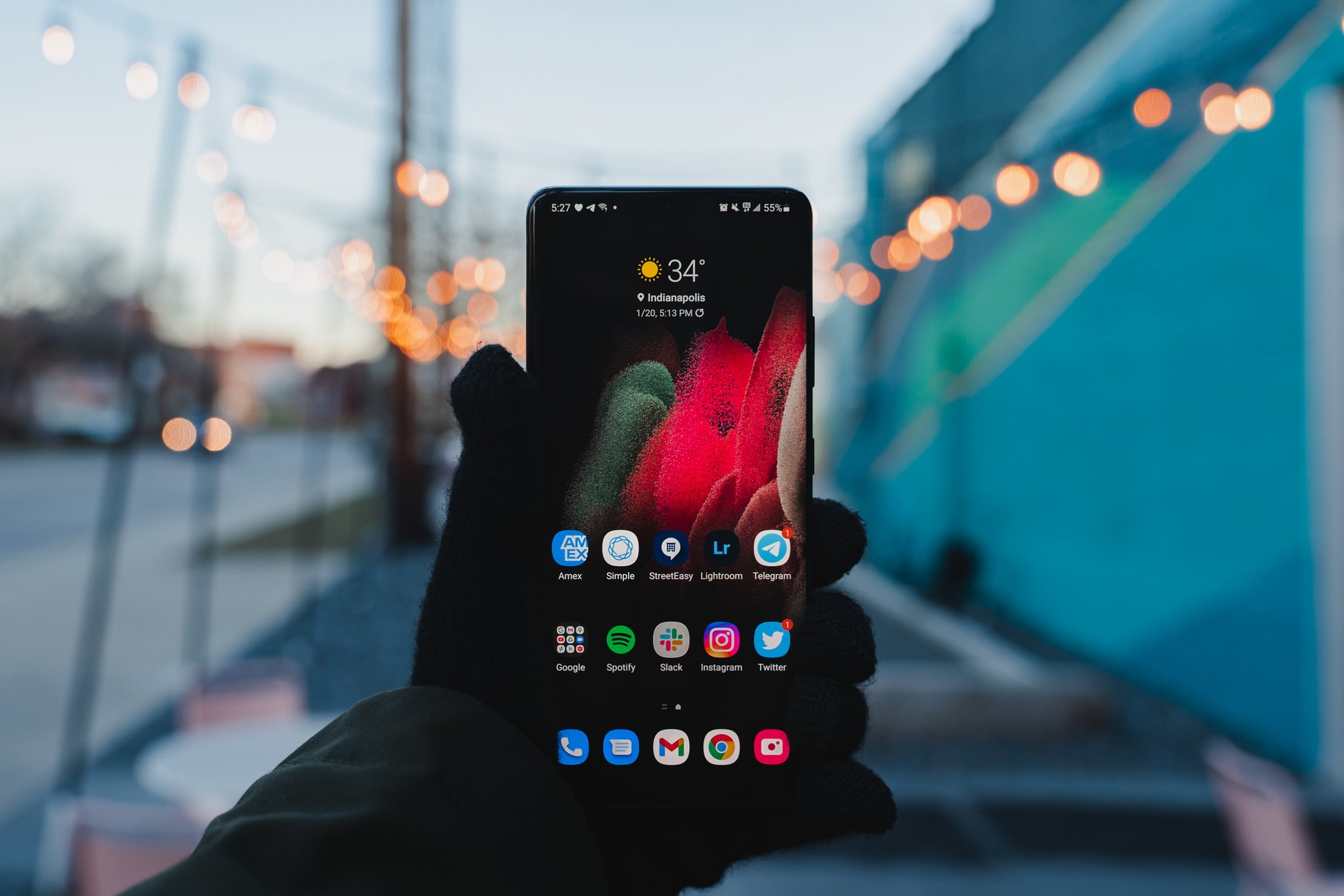
The Galaxy S21 Ultra ships with Android 11, which acts as the foundation for Samsung's latest iteration of One UI, version 3.1. It's virtually indistinguishable from the builds of One UI 3.0 we've seen come to phones like the Galaxy Note 20, which in itself was a considerable visual overhaul for Samsung's software design language in general.
All throughout the interface, you'll see gaussian blurs behind menu items, creating clear separation between the foreground and background elements on screen, along with general Android 11 design philosophies like the new expanded volume controls and categorized notification system.
All of that RAM serves as headroom to ensure you never encounter slowdowns.
Many of the changes are so minor you probably won't even notice them, but one I'm particularly happy about is the option to finally show the Google Discover Feed to the left of your home screens, rather than the Samsung Daily feed featured on previous Galaxy devices — though you can still opt to instead display Samsung Free, which replaced Samsung Daily in the move to One UI 3.
Performance on the S21 Ultra is exactly as snappy as you'd expect, with the Snapdragon 888 at the helm. The baseline model already seems like overkill with 12GB of RAM, so I'm not really sure what to make of the upgraded model I've been testing, which features 512GB of internal storage and 16GB of RAM. It's mostly there to provide plenty of headroom for multitasking and 8K video, but rest assured: absolutely nothing is going to slow this phone down, and I never felt a moment of hesitation from the software.
One interesting new feature is Digital Key Plus, which makes use of UWB to turn the S21 Ultra into an ultra-secure virtual car key for select new models from partnering automakers like BMW. Better yet, Samsung is working with various organizations to ensure some level of standardization, meaning you won't be forced into sticking within the Samsung ecosystem to continue using this feature in the future.
It works great, too — or at least, I assume it does, but since my request to expense a 2021 BMW was for whatever reason denied, we may never know for sure. I'll keep pressing on the matter for the sake of accurate reporting. Wish me luck.
Works well under pressure
Samsung Galaxy S21 Ultra Battery life
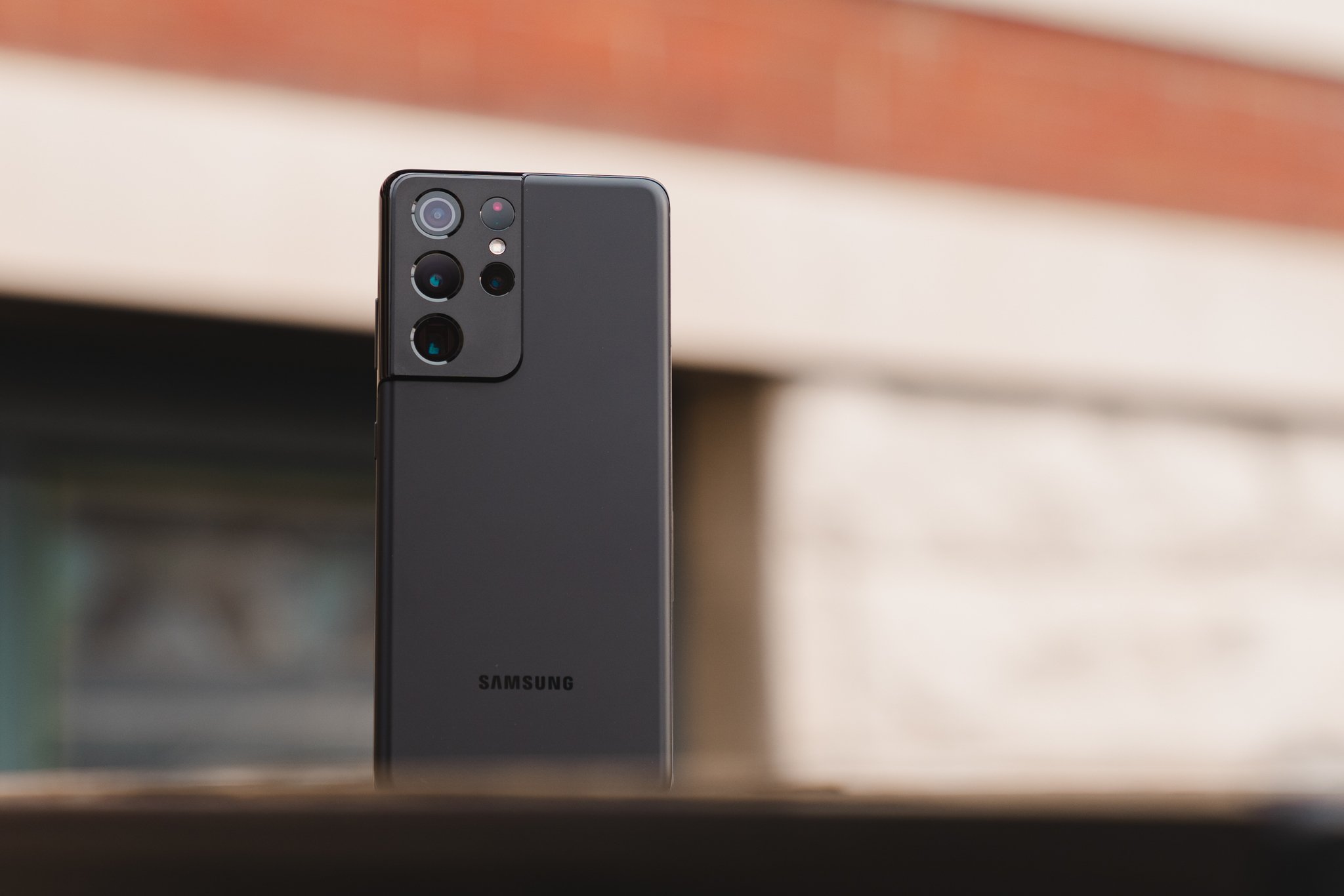
It's tough to get a true feel for a phone's battery life in the midst of a global pandemic when spending long days out with friends taking photos around the city isn't exactly feasible, but I've spent quite a bit of time with the S21 Ultra over the last few months, and even during a week-long house-hunting trip to New York City, I've experienced perfectly good (though not necessarily amazing) battery life.
I've been running the phone at both Quad HD+ resolution and 120Hz simultaneously, and while this is undoubtedly the most draining combination of settings, the 5000mAh battery, and power-efficient processor help the phone make it through virtually any day with some juice to spare. Even on my busiest days, full of GPS navigation, Spotify streaming through a Bluetooth speaker, answering emails and Slack messages, taking photos, and even occasionally creating a mobile hotspot for other devices, I've managed around 7 hours of screen-on time before the phone finally reaches the single digits.
You're doing no favors to the battery by running Quad HD+ and 120Hz at the same time.
That doesn't quite hold up to the 9 hours of screen time I've gotten on phones like the Pixel 5 or even Samsung's own Galaxy S20 FE, but considering the Galaxy S21 Ultra's vast advantages in terms of brightness, refresh rate, resolution, and contrast, it's pretty easy to look past and accept what's still impressive battery life.
I do wish Samsung would have done more to improve its charging speeds, however. Unlike last year's S20 Ultra, which shipped with a 25W charging brick but supported up to 45W when using a compatible PPS charger, the S21 Ultra maxes out at 25W wired charging — and again, you'll need to buy that charging brick separately.
The good news is that the S21 Ultra works with any Fast Charging brick that's compliant with the USB PD 3.0 standard and can also wirelessly charge at up to 15W using Fast Wireless Charging 2.0. Of course, like many of Samsung's other recent releases, the S21 Ultra also features reverse wireless charging, dubbed Wireless Power Sharing, which you can use to turn the phone into a wireless charging pad for other devices like earbuds or even another phone.
Sharp shooter
Samsung Galaxy S21 Ultra Cameras
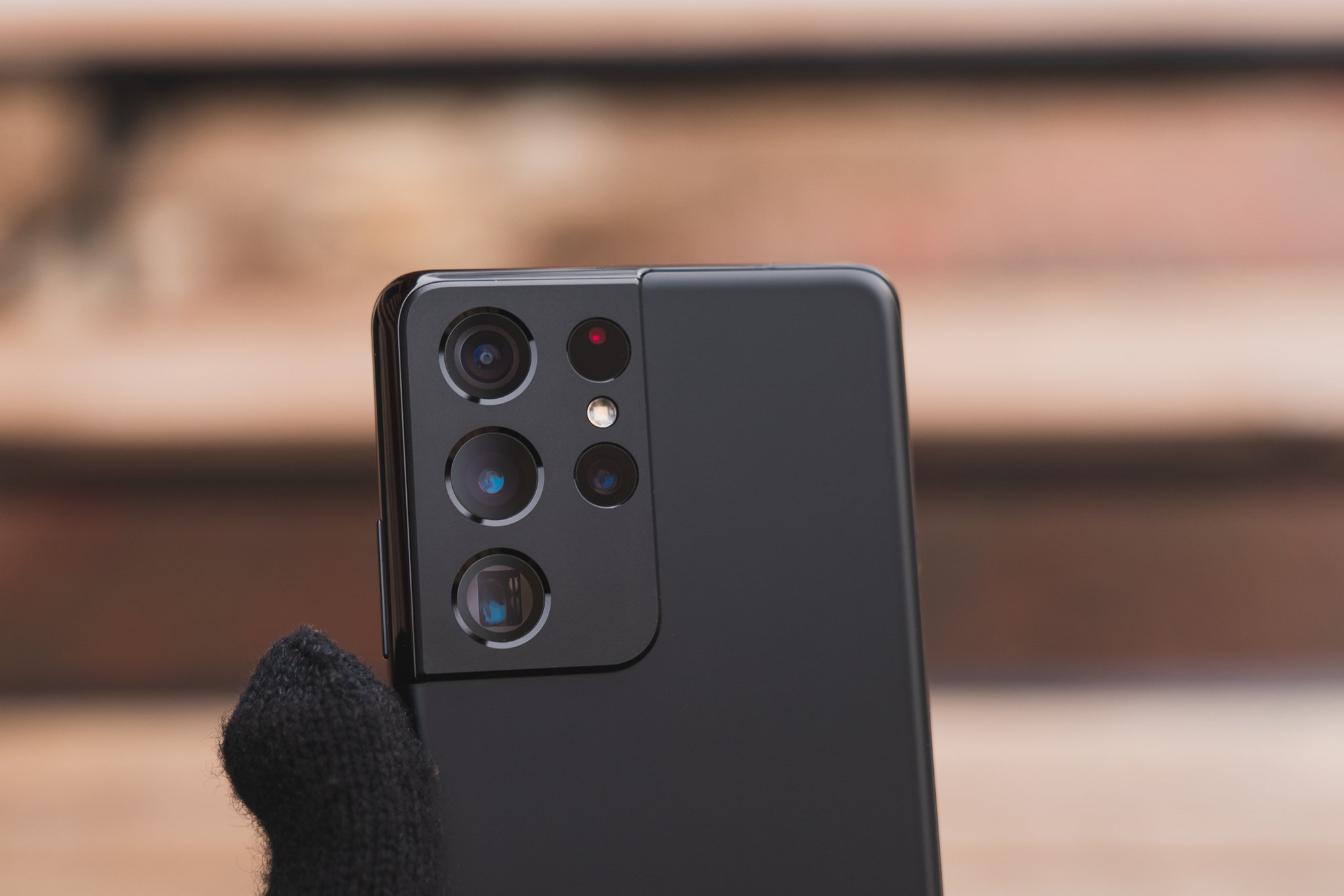
Aside from S Pen support, the cameras are what really set the S21 Ultra apart from the rest of its S21 counterparts. This is the only phone of the trio that ships with four lenses in Contour Cut Camera housing, and each has a legacy left behind from the S20 Ultra to live up to and surpass.
The S20 Ultra was marred by autofocusing flaws on its primary 108MP camera, but it was an otherwise incredibly capable system with a massive new sensor that allowed it to take in more light and create a more natural bokeh effect, practically negating the need for a software-based portrait shooting mode. With the Note 20 Ultra, Samsung added a laser autofocus system next to the exact same sensor to counteract those focusing problems, and lo and behold, the Note 20 Ultra offered a fantastic camera experience.
Now with the Galaxy S21 Ultra, Samsung has updated the 108MP sensor to offer even better imaging, with vastly improved low light performance that earns the sensor its new Bright Night moniker. The S21 Ultra supports 12-bit photos in both HDR and RAW formats in the Pro camera mode, allowing for 64x richer color data and 3x wider dynamic range than before.
While you may not notice its effects straight out of the camera, this is a big deal when it comes to editing your photos after the fact. Having that much more color data in your stills means far more flexibility to tweak colors and exposure before the image starts to show signs of artifacting.
Main camera
14 temporarily free and 37 on-sale apps and games for Friday
16/04/2021 01:45 PM
Save your eyes and some battery on your Samsung Galaxy phone with dark mode
16/04/2021 04:00 PM
ASUS ZenFone 8 Mini Appears With Plenty Of RAM + Snapdragon 888
16/04/2021 04:02 PM
Google Misled Android Users About Location Data, Australian Court Finds
16/04/2021 05:17 PM
Google Assistant Driving Mode expands outside the U.S. to select countries
16/04/2021 11:17 PM
Google Puts Up Over $260M To Help Fund Vaccination Endeavors
16/04/2021 11:01 PM
- Comics
- HEALTH
- Libraries & Demo
- Sports Games
- Racing
- Cards & Casino
- Media & Video
- Photography
- Transportation
- Arcade & Action
- Brain & Puzzle
- Social
- Communication
- Casual
- Personalization
- Tools
- Medical
- Weather
- Shopping
- Health & Fitness
- Productivity
- Books & Reference
- Finance
- Entertainment
- Business
- Sports
- Music & Audio
- News & Magazines
- Education
- Lifestyle
- Travel & Local
2014 © US apps and news




